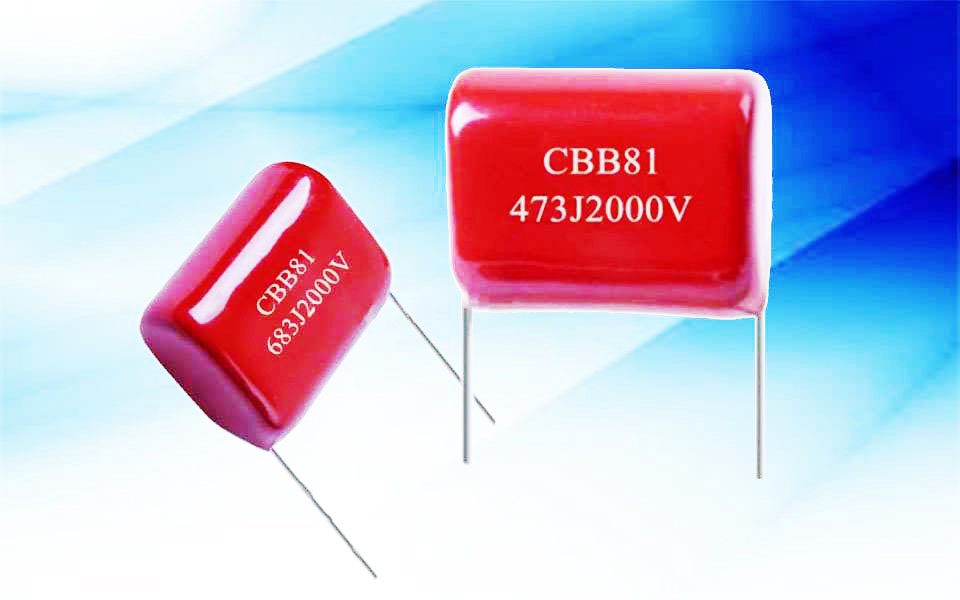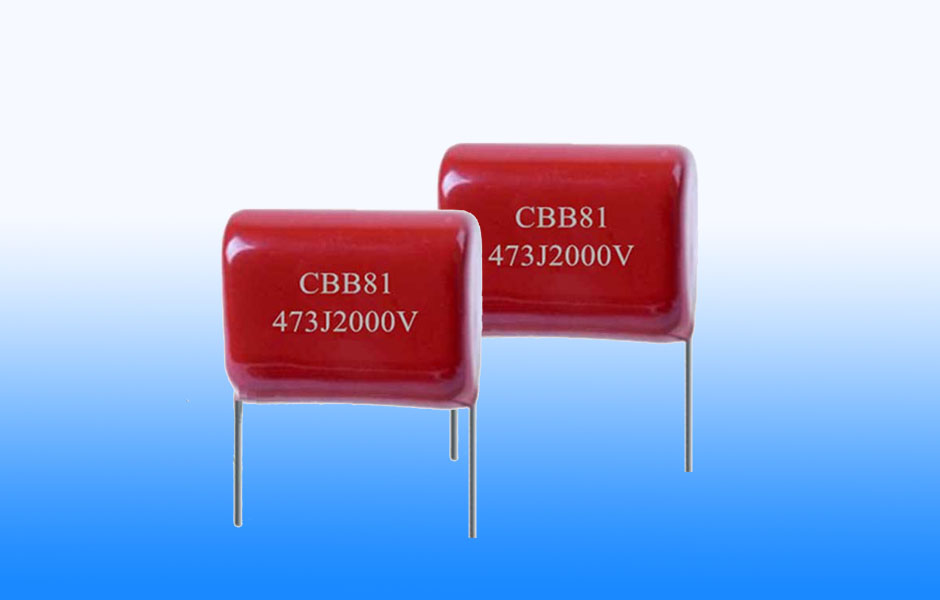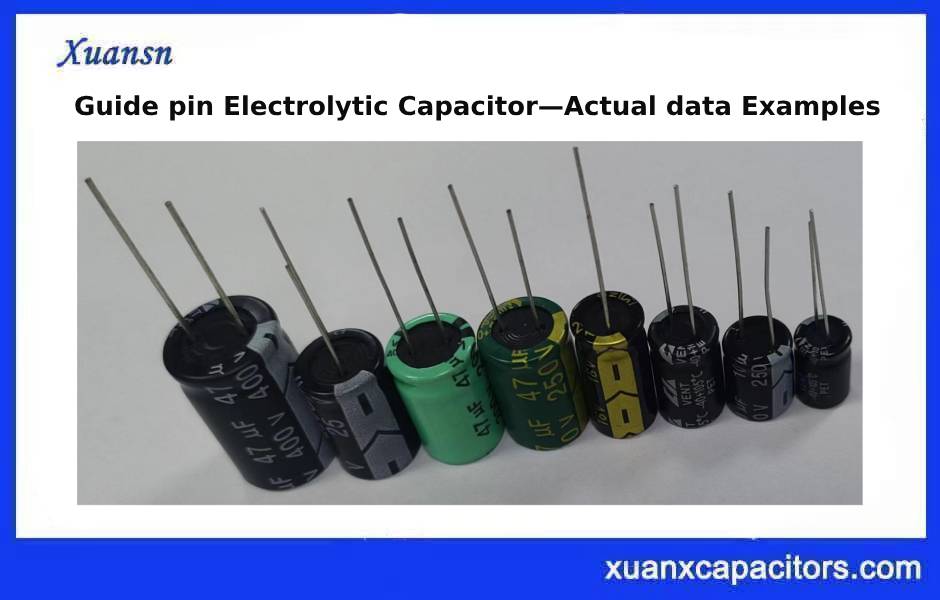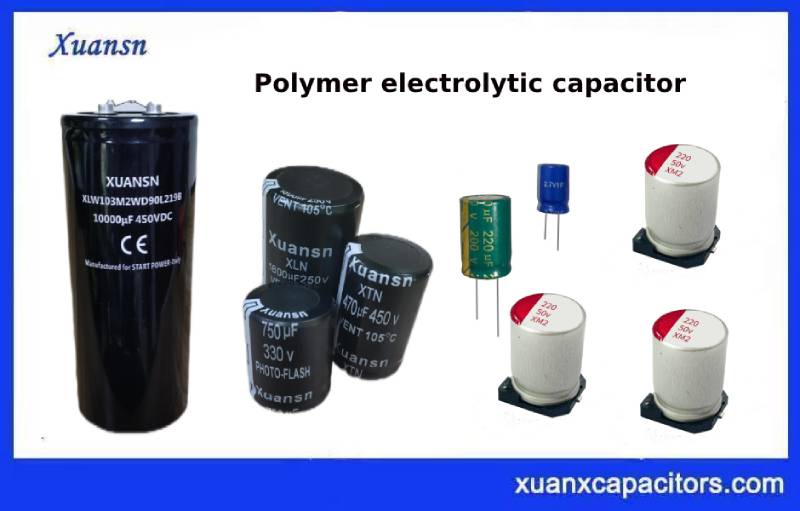What are the commonly used materials for ceramic capacitors, and which ones are commonly used for ceramic capacitors: Y5P; Y5V; Y5U; X7R; NPO.
What are the commonly used materials for ceramic capacitors,So what do these materials mean? The first digit indicates low temperature, the second digit indicates high temperature, and the third digit indicates deviation.
♦ The Y5P has the best temperature compensation performance, and the capacitance value change range within the full temperature range is ±10%.
♦ Y5U has no compensation for temperature changes, and the capacitance change range in the full temperature range is +22%/-56%.
♦ Y5V means working at -30~+85 degrees, the deviation in the whole temperature range is -82%~+22%
♦ X5R means working at -55~+85 degrees, the deviation is plus or minus 15% in the whole temperature range
♦ X7R means working at -55~+125 degrees, the deviation is plus or minus 15% in the whole temperature range
♦ NPO is a capacitor with stable temperature characteristics. The temperature drift of the capacitor is very small, and the capacity is very stable throughout the temperature range. The temperature is also -55~125 degrees. It is suitable for oscillators and ultra-high frequency filter decoupling, but the capacity is generally not very large.
Ceramic capacitors are generally formed by a ceramic chip and a metal film plated on the chip. The leads are welded out and then encapsulated by epoxy resin and finally laser printed. Its capacity is determined by the area and thickness of the ceramic sheet. The withstand voltage is determined by the thickness of the ceramic. At present, some ceramic capacitor manufacturers have mastered a series of proprietary technologies for full automation of “high-performance safety materials” through exclusive technology licensing, and formed the first domestic core technology, which is at the leading level in the domestic and foreign industries. After the project is put into production, high-performance ceramic materials can be produced. Its electrical properties, thermal shock resistance, and oxidation resistance can meet the needs of heat-resistant capacitors, filter capacitors, and the automotive industry in the aviation, aerospace, physical and chemical industries. Strong application prospects form new selling points.




